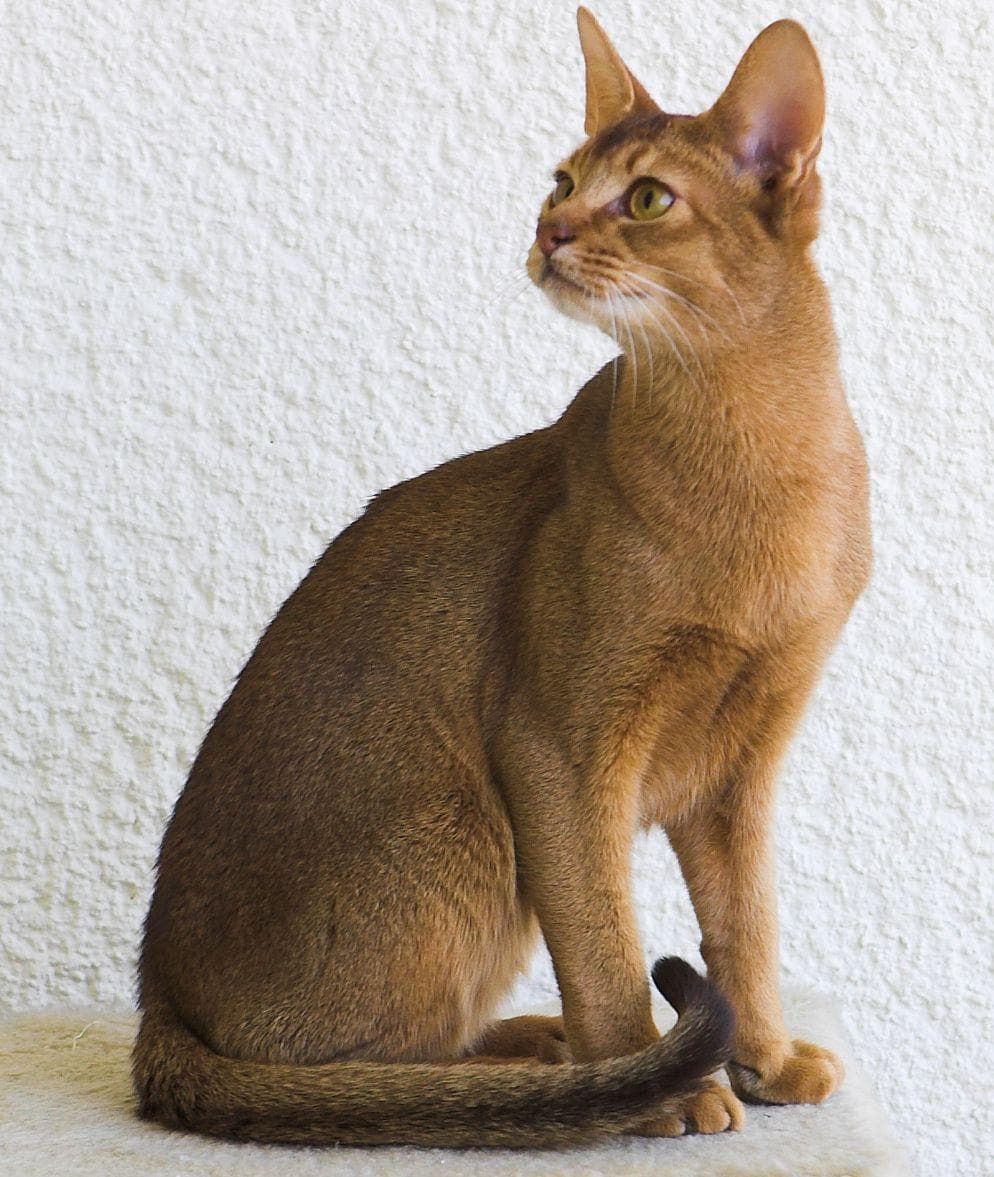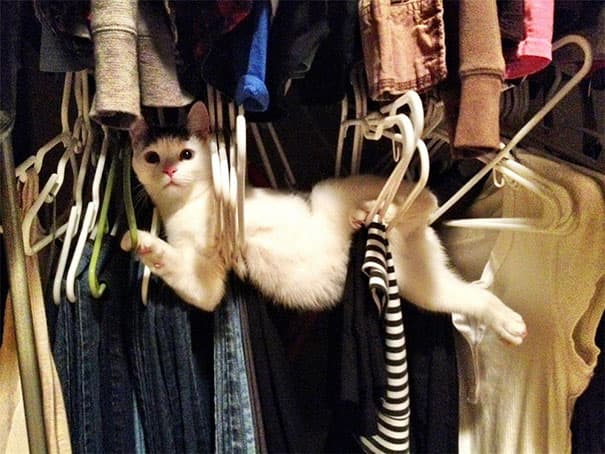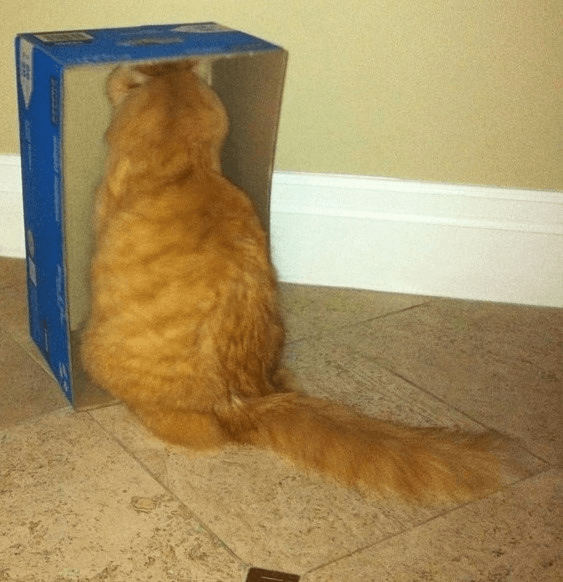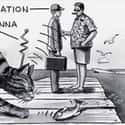-
(#9) After Operation Acoustic Kitty Failed, The Government Turned Towards Drones
Though Operation Acoustic Kitty flopped, the U.S. military continues to look towards nature for inspiration. Their attempts at creating micro-drones largely drew inspiration from hummingbirds and other tiny, fluttering creatures. Drones must be small enough to roll incognito, light enough to fly, and large enough to carry a camera and power source.
According to Popular Science, the military came up with two solutions that proved to be okay (but not great): the Nano Hummingbird, a 6.5 inch drone that puttered out after 11 minutes of flight, and the DelFly Micro, which had a wingspan of less than four inches but could only fly for three minutes.
-

(#7) The CIA Abandoned The Project After The Cat's Death
Cats care not about national security. While a need to please humans allows dogs to do everything from sniffing out bombs to recovering dead bodies in a disaster, cats can't even be bothered to stay in their own yard. Unfortunately, the CIA recognized this only after they wasted all that time training a cat who never planned on any of its nine lives being spent as a spy.
The program's end was announced in a CIA memo that read, "Our final examination of trained cats ... convinced us that the program would not lend itself in a practical sense to our highly specialized needs."
In other words, you simply can't train a cat.
-
(#10) The Government Is Still Trying To Turn Living Things Into Spy Cyborgs
In 2006, the Defense Advanced Research Projects Agency (DARPA) made an open call to scientists asking for "innovative proposals to develop technology to create insect-cyborgs." The truth of the matter was that drones, like the Nano Hummingbird and DelFly Micro, proved overwhelmingly less successful in design than actual flying insects. According to Popular Science, the DARPA pamphlet read, "Proof-of-existence of small-scale flying machines ... is abundant in nature in the form of insects. It might be possible to transform [insects] into predictable devices that can be used for . . . missions requiring unobtrusive entry into areas inaccessible or hostile to humans."
A fun idea in theory, putting cyborg insects into actual practice sounds awfully like the premise of a terrible sci-fi movie.
-

(#4) They Implanted Wires To Make The Cat More Attentive
Cats lead most of their lives by instinct. During testing and training, the cat wandered off when it got hungry (everyone deserves a lunch break, even spy kitties). To combat this, they loaded the cat up with even more wires. How exactly further mechanizing the cat would make him more cooperative remains a question only the CIA can answer. Well actually, history can answer, because in the end this project failed.
Marchetti told The Telegraph about the experiment process: "They tested him and tested him. They found he would walk off the job when he got hungry, so they put another wire in to override that."
Quick! Tell the diet industry the CIA knows the secret to surpressing your appetite!
-
(#3) The Cats Were Essentially Turned Into Cyborg-Feline Hybrids
The Cold War kitty needed technology to aid it in collecting Russian secrets, and the CIA implanted this technology underneath its skin. The details of this cat-astrophically expensive program came to light in a book by Victor Marchetti, a CIA officer during the Cold War. In his book, The Wizards of Langley, Marchetti wrote, “They slit the cat open, put batteries in him, wired him up, The tail was used as an antenna. They made a monstrosity.”
If this happened today, it would also have made a great movie.
-

(#8) Some Officials Say The Cat Lived Happily Ever After
If the government can train cats as spies, they can also fire them. According to Robert Wallace, the former Director of the CIA's Office of Technical Service, the Acoustic Kitty never died by taxicab as described Marchetti's book; instead, she was actually fired after multiple failed tests. In Wallace's words, the project ended solely because cats are too difficult to train, not because their spy kitty got squished. In the book Beasts of War: The Militarization of Animals, Wallace gives his side of the story:
"The equipment was taken out of the cat; the cat was re-sewn for a second time, and lived a long and happy life afterwards." Hopefully this statement is true and not just an attempt to appease PETA.
New Random Displays Display All By Ranking
About This Tool
Speaking of spies, who do you think of first? Few people know that there is a special group of animal spies in the world. This kind of plot seems to only happen in science fiction movies, but a batch of declassified documents published on the official website of the CIA proves that animal spies are real. These documents show the CIA paid a lot of money to train a cat in history but failed.
We have no way to know whether a naughty cat can be a successful spy, the CIA did not use the cat as a spy because it is said that the cat was hit and killed by a car. You could know 10 things about the incredible spy with this random tool.
Our data comes from Ranker, If you want to participate in the ranking of items displayed on this page, please click here.












